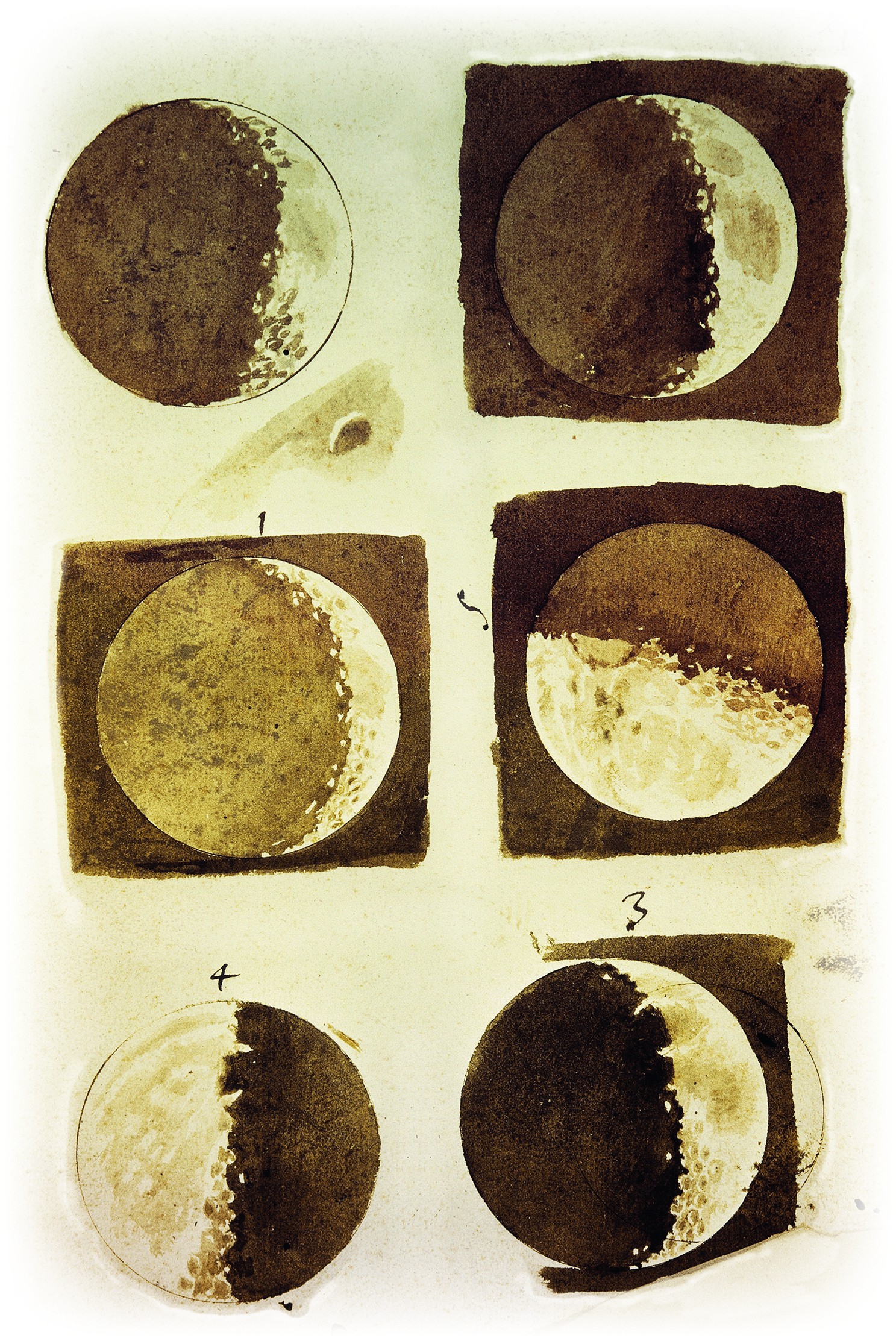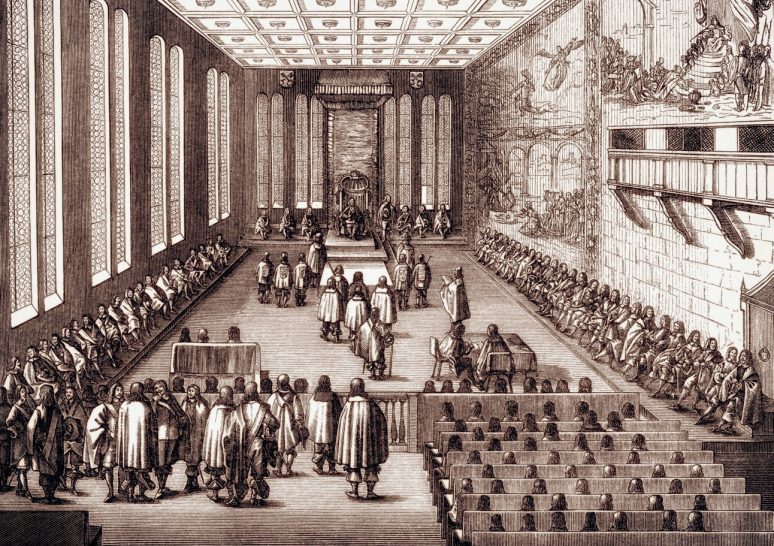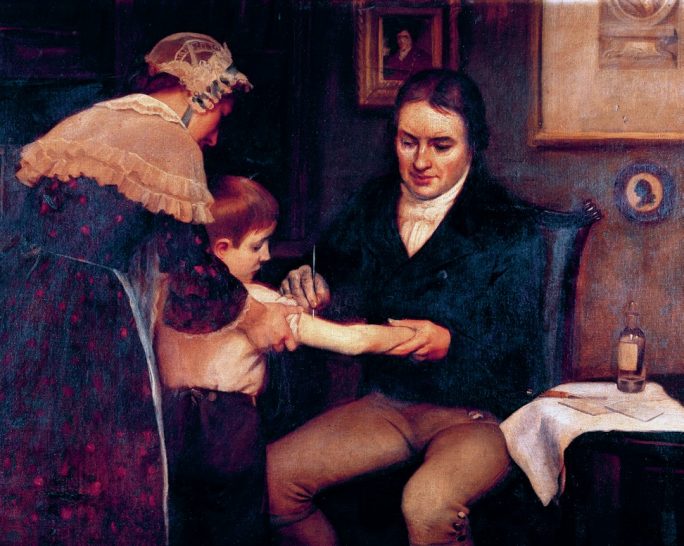
The image you see here shows one of the most famous of all scientific drawings, the early-modern equivalent of the first photos of the Earth taken from space. Galileo’s representation of the Moon, first published in 1610, gave the first clear portrayal of the craters on the surface of the Moon. The clarity of the drawing would have been impossible without a special new instrument: the telescope. Galileo’s device was simple enough, consisting of a slender tube, between two and three feet long, with a glass lens at either end. But it was enough to give him a Europe-wide reputation as a scientist. The telescope was the only instrument in a striking portrait painted near the end of his life (shown on the next page).
Yet Galileo was not the first to make careful observations of the Moon. He was not even the first to make them with a telescope. He was anticipated by the Englishman Thomas Harriot, who used a device similar to Galileo’s to make detailed drawings of the surface of the Moon in the summer of 1609, a few months before Galileo. Even before the telescope, it was well known that the Moon had a dappled appearance and that whatever it was made of was not perfectly uniform. So why did Galileo’s telescope cause such a stir?
Your organisation does not have access to this article.
Sign up today to give your students the edge they need to achieve their best grades with subject expertise
Subscribe




